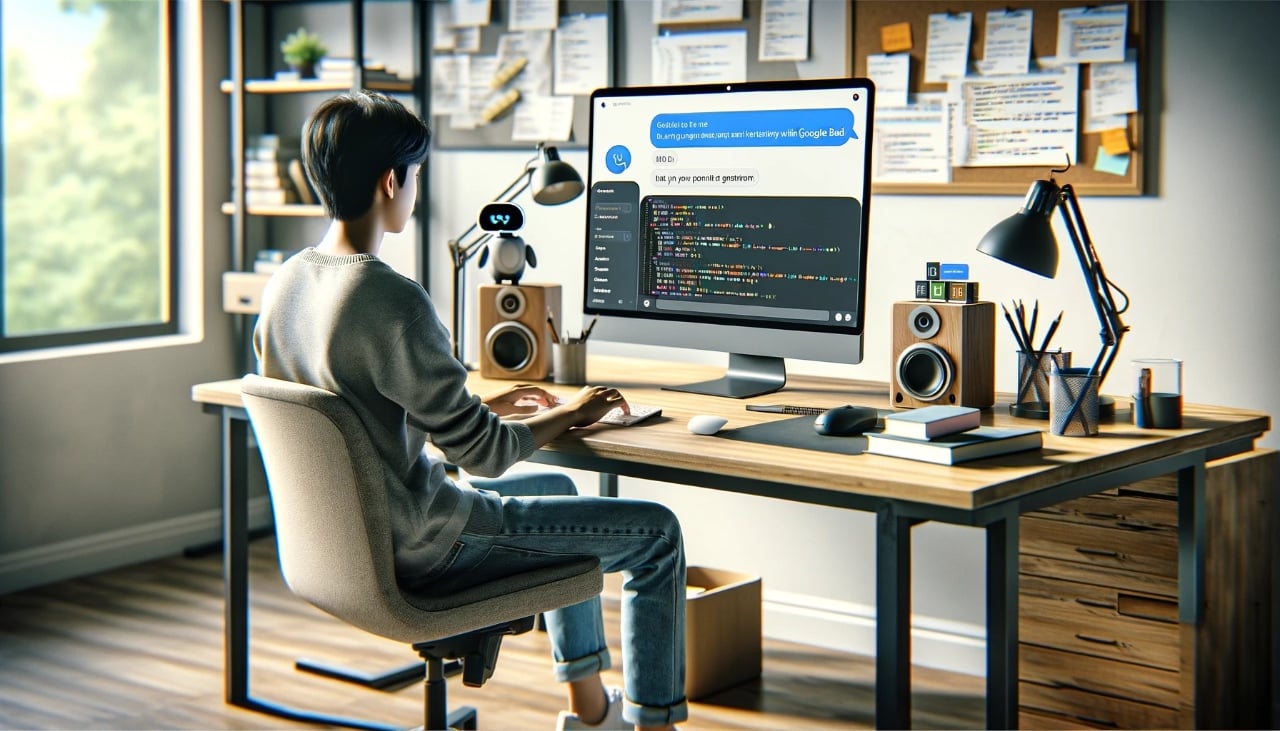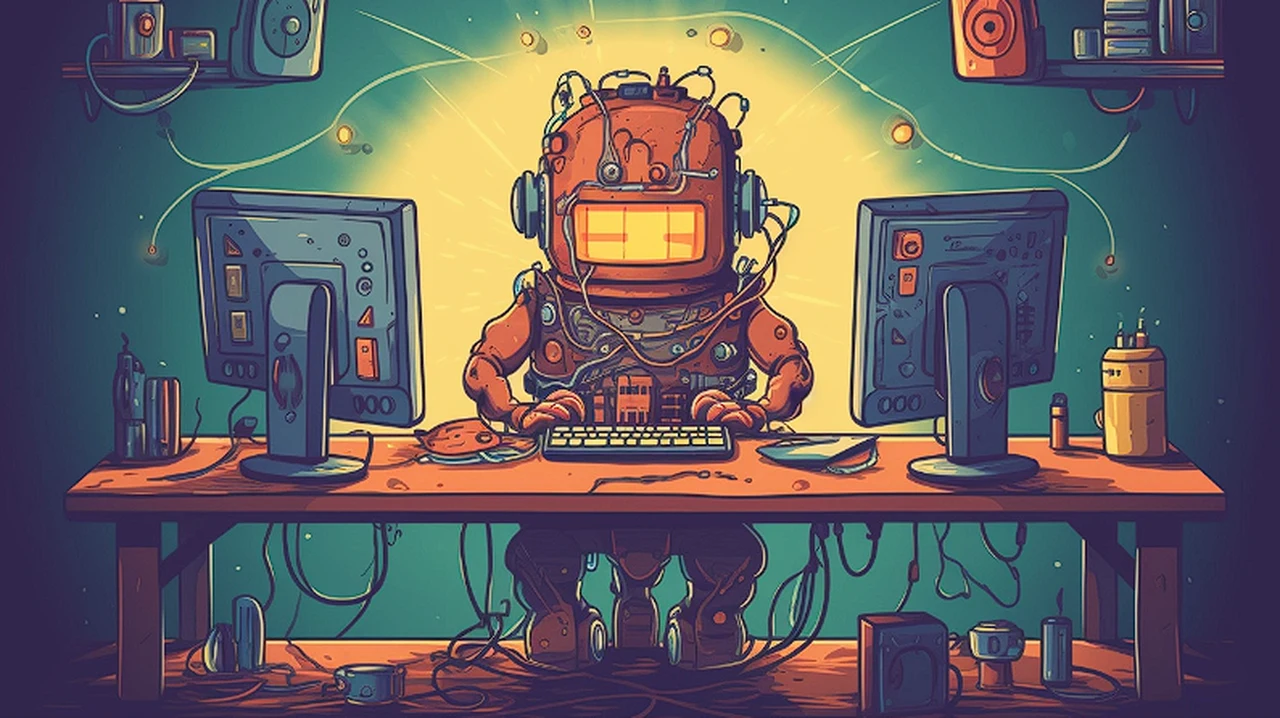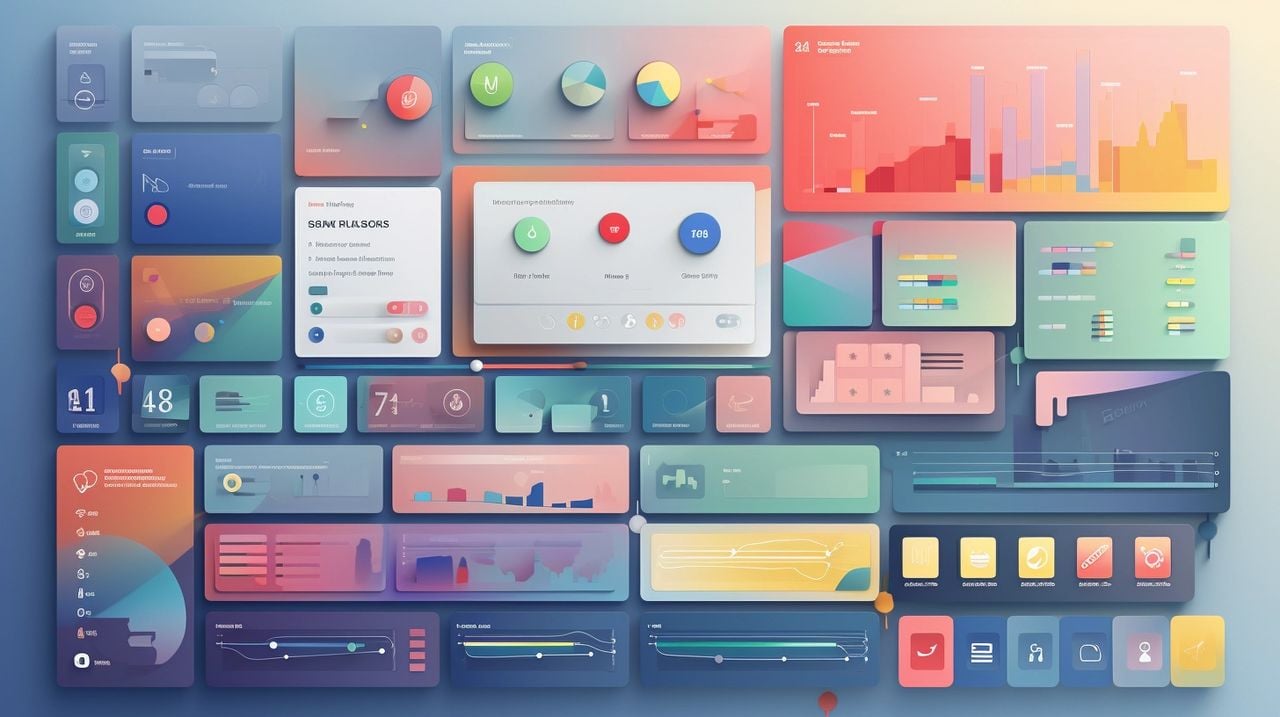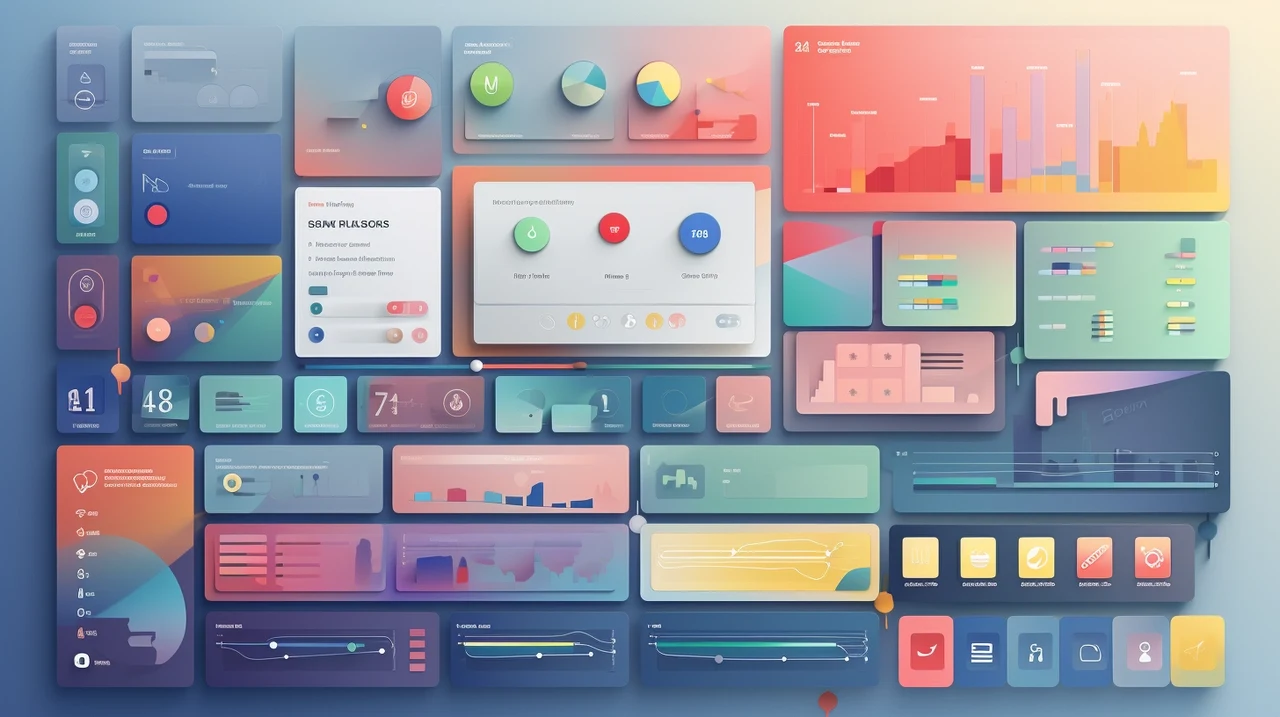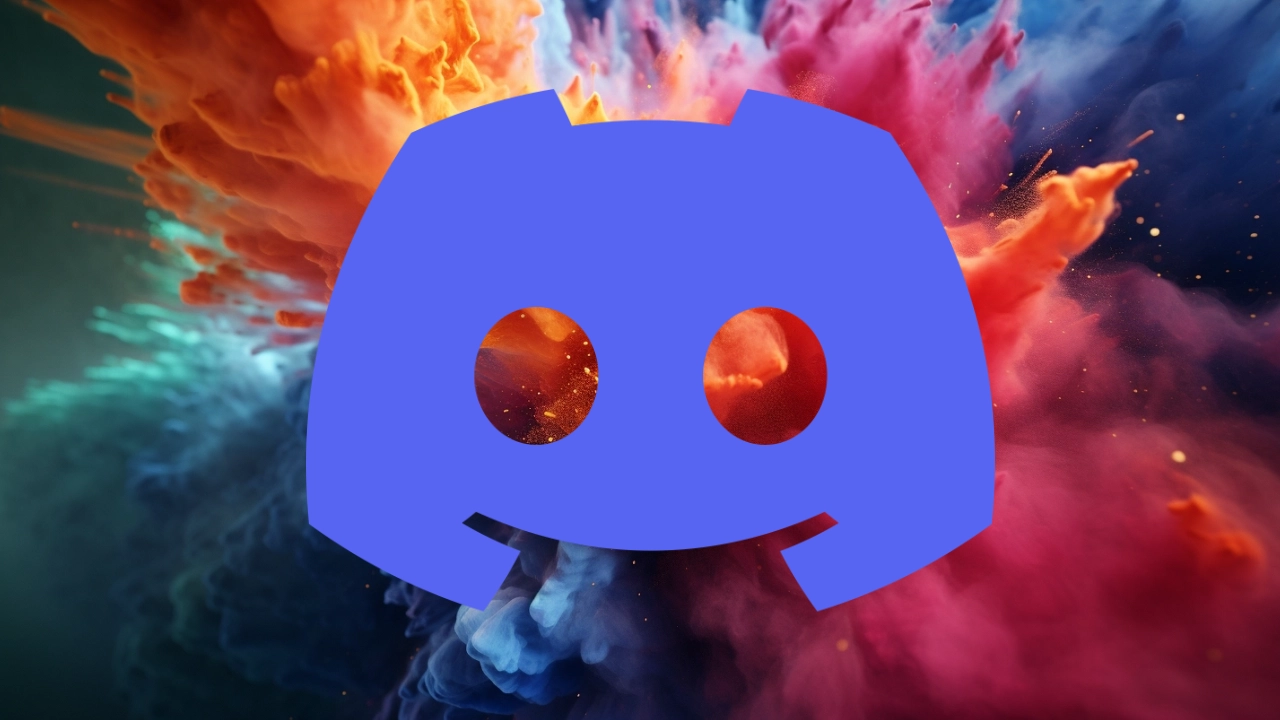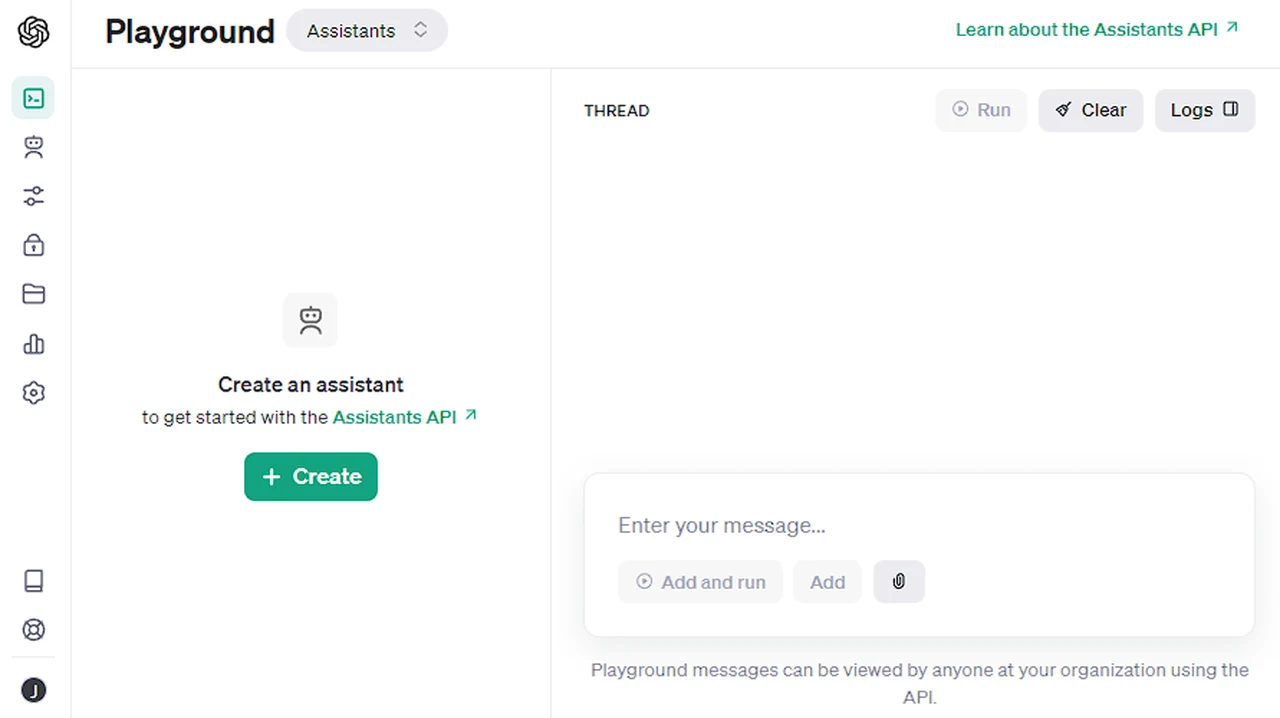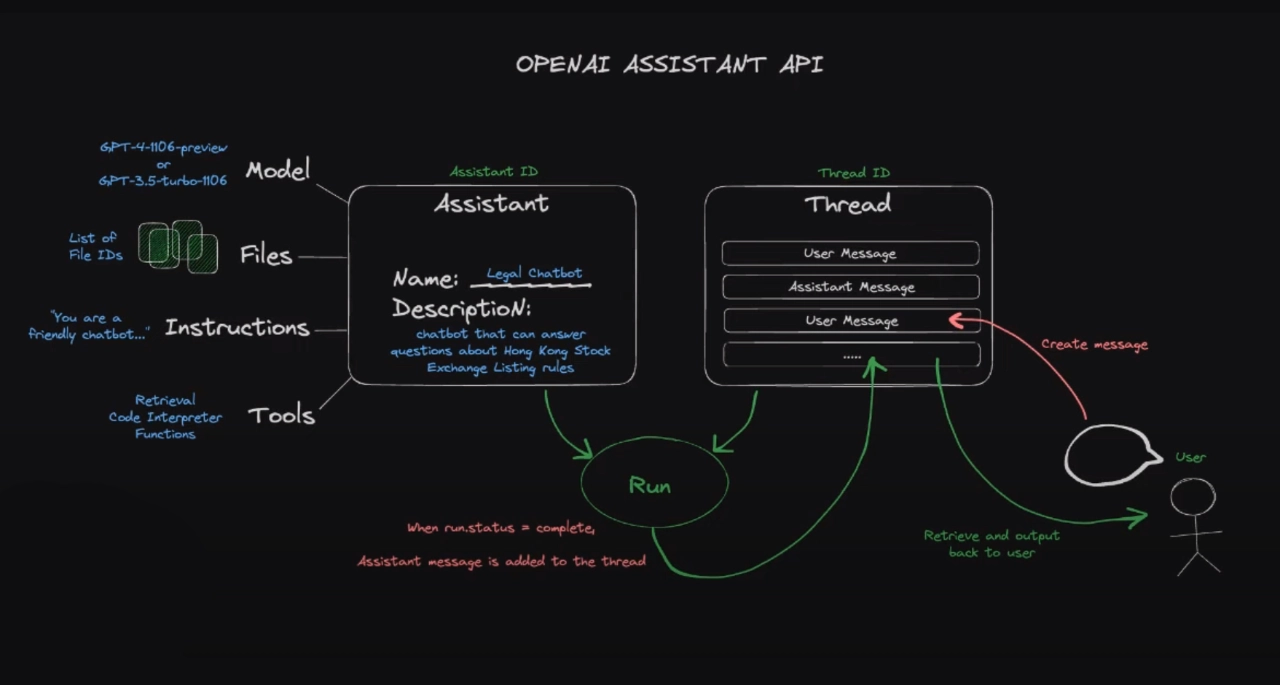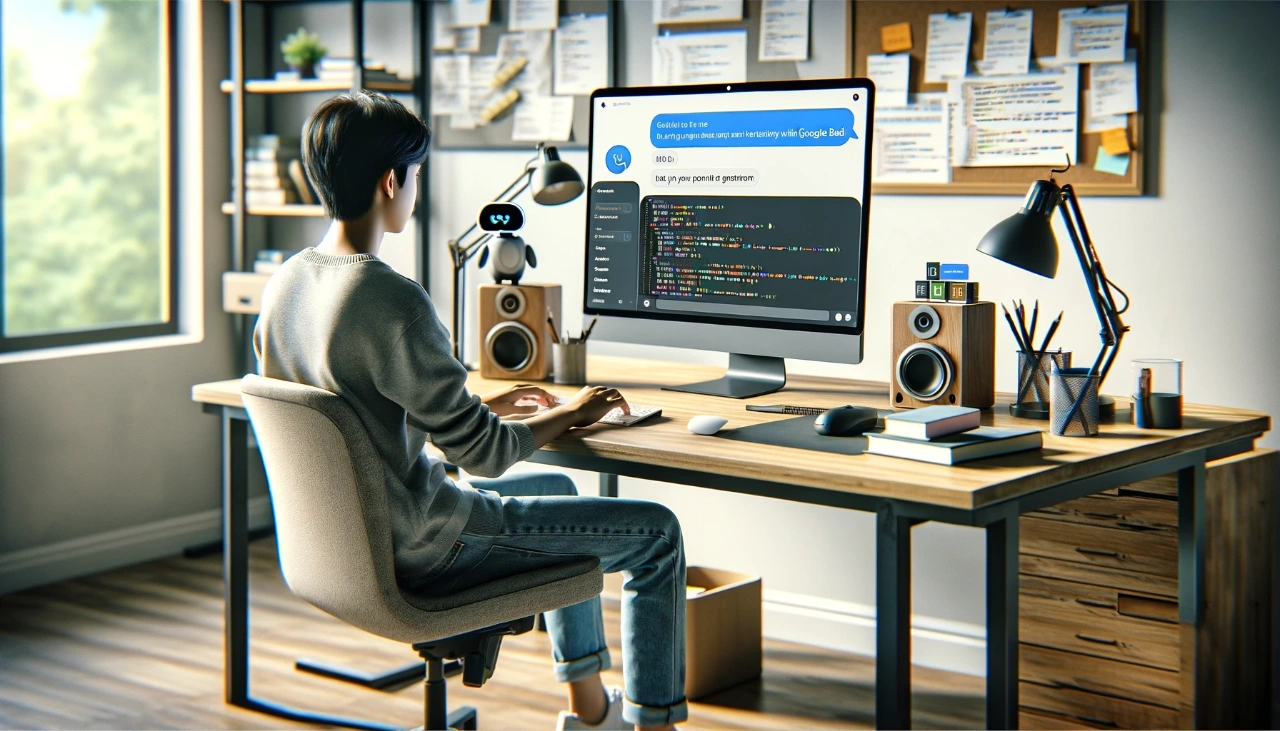
This guide will show you how to can use Google Bard to help you design a personal chatbot. In the ever-evolving realm of artificial intelligence, chatbots have emerged as a transformative force, revolutionizing the way we interact with technology. These sophisticated conversational interfaces have infiltrated various industries, from customer service to education, providing seamless and personalized interactions. Google Bard, a groundbreaking AI language model from Google AI, stands at the forefront of this revolution, offering a powerful tool for crafting custom chatbots.
This guide delves into the intricacies of utilizing Google Bard to create your own chatbot, empowering you to design an intelligent and engaging companion.
Google Bard: Your Gateway to Chatbot Creation
Google Bard, a large language model developed by Google AI, boasts an impressive array of capabilities, making it an ideal tool for chatbot development. Its ability to process and generate human-quality text, coupled with its vast knowledge base and understanding of natural language, empowers users to create chatbots that can engage in meaningful conversations.
Embarking on the Chatbot Creation Journey: A Step-by-Step Approach
- Conceptualize Your Chatbot’s Purpose and Persona: Before embarking on the technical aspects, clearly define the purpose and personality of your chatbot. What role do you envision it playing? What kind of interactions will it facilitate? Establish a distinct persona that aligns with your chatbot’s purpose and target audience.
- Gather and Organize Data: Chatbots thrive on data, so gather relevant information that aligns with your chatbot’s domain of expertise. This could include FAQs, product descriptions, or industry-specific knowledge. Organize this data in a structured format that your chatbot can easily access and process.
- Leverage Google Bard’s Conversational Capabilities: Google Bard’s conversational capabilities form the foundation of your chatbot’s interactions. Utilize its ability to understand and respond to natural language prompts, allowing your chatbot to engage in meaningful conversations.
- Design a User-Friendly Interface: Create an intuitive interface that guides users through interactions with your chatbot. Consider incorporating visual elements, such as images or videos, to enhance the user experience.
- Testing and Refinement: Rigorously test your chatbot to identify potential flaws and refine its responses. Seek feedback from users to gather insights and make improvements. Continuously refine your chatbot to enhance its effectiveness and user satisfaction.
Exploring Additional Resources for Enhanced Chatbot Creation
- Google AI’s Dialogflow: Dialogflow, a conversational AI platform from Google AI, seamlessly integrates with Google Bard, providing a powerful framework for chatbot development.
- OpenAI’s ChatGPT: ChatGPT, a generative pre-trained transformer model from OpenAI, offers another valuable tool for crafting engaging chatbots.
- Rasa: Rasa, an open-source chatbot development framework, provides a comprehensive toolkit for building and deploying chatbots.
- Unleashing the Potential of Chatbots: Applications Across Industries
- Chatbots have permeated various industries, transforming the way businesses and individuals interact with technology. Here are a few examples of chatbot applications:
- Customer Service: Chatbots provide 24/7 customer support, answering queries, resolving issues, and enhancing customer satisfaction.
- Education: Chatbots serve as virtual tutors, providing personalized learning experiences and adapting to individual student needs.
- E-commerce: Chatbots assist shoppers during the online purchasing process, offering product recommendations and facilitating transactions.
- Healthcare: Chatbots provide personalized health information, answer medical questions, and schedule appointments.
Summary
Google Bard empowers individuals and organizations to create chatbots that revolutionize interactions across industries. As AI technology continues to evolve, chatbots will become increasingly sophisticated, blurring the lines between human and machine communication. Embrace the transformative power of Google Bard and unleash your creativity to build the chatbots of tomorrow.
Filed Under: Guides
Latest timeswonderful Deals
Disclosure: Some of our articles include affiliate links. If you buy something through one of these links, timeswonderful may earn an affiliate commission. Learn about our Disclosure Policy.

